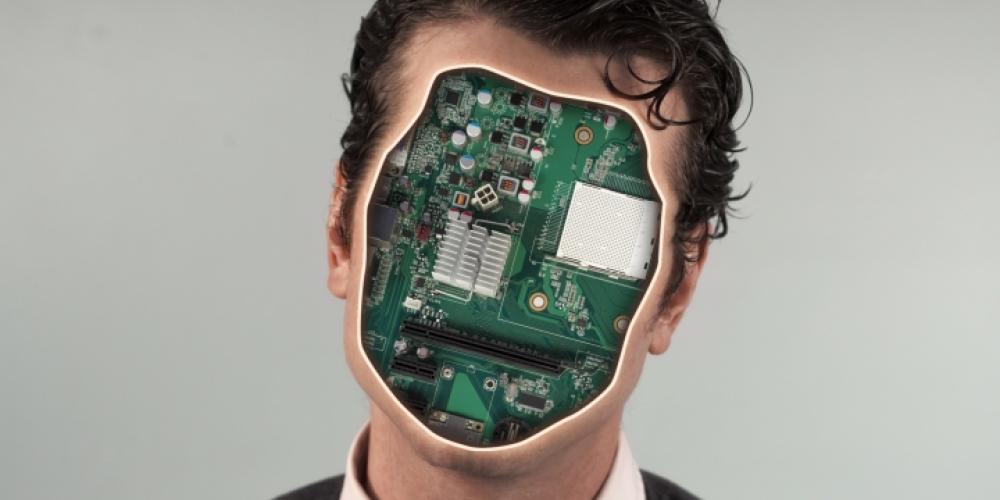
Most people feel uncomfortable around bad imitations of animals and people - a phenomenon known as the Uncanny Valley effect. This holds even more so for humanoid robots since deviations in their movements and behaviour are immediately noticeable to us. Van De Velde draws the comparison between a corpse and a zombie: a dead body is unpleasant to behold, but zombies are even creepier.
In order to build a humanoid robot that does not render an uneasy feeling, a very precise imitation of human mimicry is necessary. Up until now that was done mainly by adjusting the actuators that control the lips manually. This process takes a long time and is thus very costly. Alternative methods use advanced computer modelling. Such models render a result approaching natural movement, but still require further manual fine-tuning.
“Social robots are used more and more today. Just think of the healthcare sector, robot assisted therapy, but also on factory floors and in many other domains! These robots become ever more complex. Furthermore there is a need to hide the complexity in communication behind an attractive, interactive and intuitively controllable interface. This interaction should mirror a conversation between two people as closely as possible.” Gabriël Van de Velde on scriptieprijs.be
Calibrating emotions through mathematics
To solve this problem, Van De Velde created an algorithm that makes use of an actual humanoid instead of a computer model. The method starts with 52 photos of mouth shapes in a human face. The algorithm automatically applies a number of reference points on them. These points correspond to a number of points on the robot’s lips. Through mathematical transformations it is possible to compare both mouths and indicate the differences with a set of indicator arrows. These indicate whether the strings that control the mouth need to tightened or loosened to realise exact mirroring. The calibration of the full set of mouth shapes takes about an hour.
‘The technique works and has a lot of potential for use in future humanoid robots,’ Van De Velde says, who goes on noting ‘the approach has only been tested for speech calibration, but can definitely be applied to emotion calibration also.’